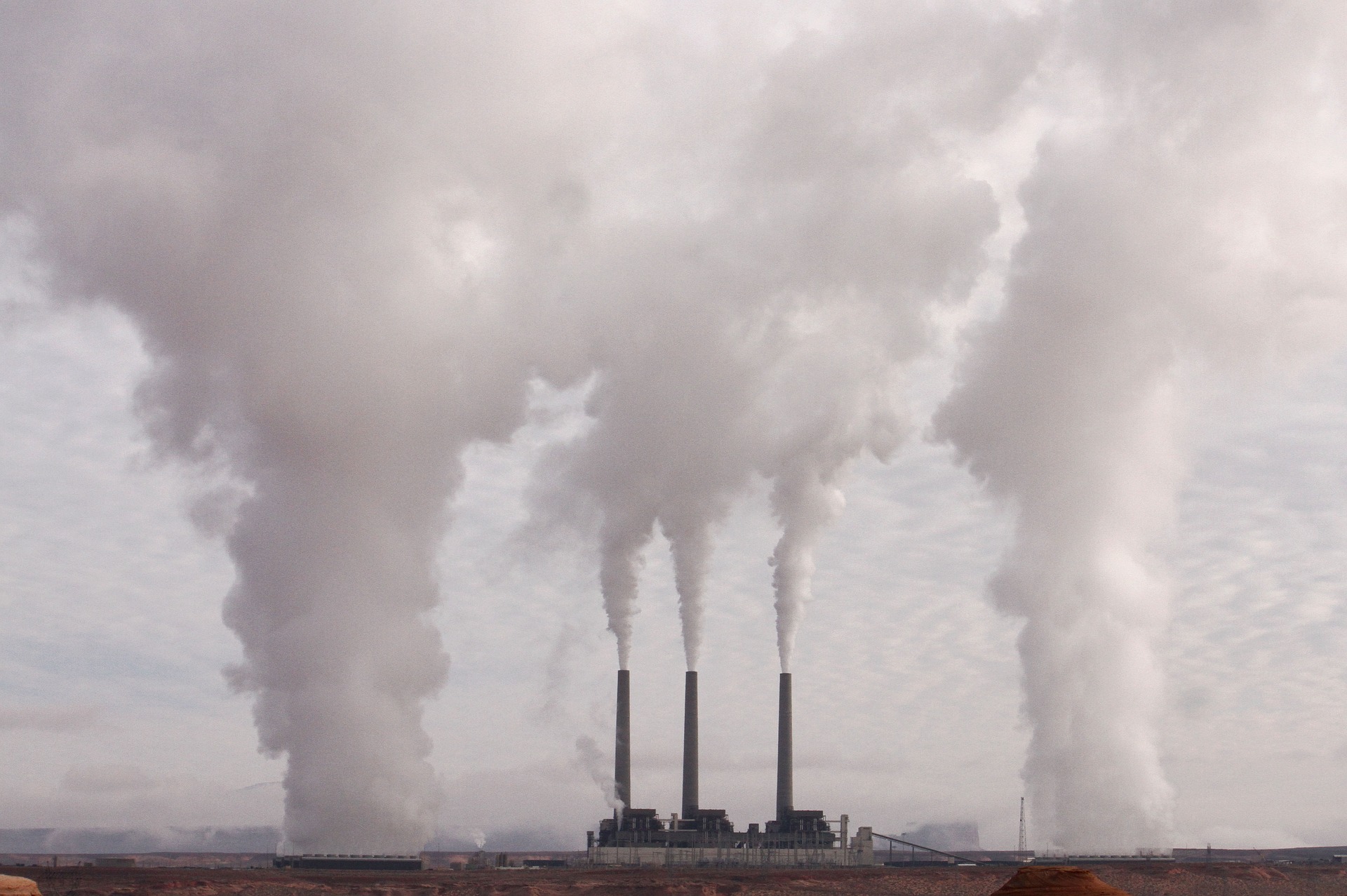Companies are key players in the fight against climate change. The best way for them to reduce their emissions is to introduce innovative approaches and technological changes. But, if they find that difficult, they can always opt to buy carbon emission rights instead.
Some of the changes that our planet is already experiencing are completely unprecedented. Rising sea levels, changes in precipitation patterns and melting polar ice caps have already begun and are irreversible in hundreds of years. However, while the challenge we face is extremely serious, the latest report from the IPCC (Intergovernmental Panel on Climate Change) points out that all is not lost – a substantial and sustained reduction in carbon dioxide (CO2) and other greenhouse gas emissions would limit climate change.
In this context, more and more companies and financial institutions are trying to align their strategies and business models with the goal of achieving climate neutrality by 2050. “The risks relating to the environment, such as climate change and deforestation, are also a source of financial risk”, points out Ricardo Pedraz, an analyst of public and sustainable finance at Afi’s independent economic and technology consulting firm, who insists that the relationship between finances and the environment is growing and two-way.
The risks relating to the environment are also a source of financial risk
Pedraz explains that, in the case of a financial entity, for example, taking care of the environment is also essential from a strategic point of view – if clients such as companies and startups are affected by climate-change losses, they may have difficulty repaying loans.
Where BBVA is concerned, with its Environmental and Social Framework the organisation has committed to reducing its exposure to coal-related activities to zero, stopping financing companies linked to the industry by 2030 in developed countries and by 2040 in the other countries where it operates. What’s more, in 2021 BBVA has become the only Spanish bank to be a member of the Taskforce for Scaling Voluntary Carbon Markets, a private sector initiative that is working towards an effective and efficient carbon market to help meet the objectives of the Paris Agreement.

These carbon markets and their assets, carbon bonds, are one of the increasingly popular tools for achieving sustainability and an opportunity for businesses. To fully commit to them, you have to properly understand their features, know where they can be purchased and not confuse them with green bonds.
What is a carbon market?
Carbon markets are a mechanism for addressing emissions, the origin of which goes back to the United Nations Framework Convention on Climate Change, which came about in 1992 after the Earth Summit. Several years later, in 1997, this convention would give rise to the Kyoto Protocol, an international agreement whereby industrialised nations committed to reducing greenhouse gas (GHG) emissions through mitigation policies and measures.
In 2005 the European Emissions Trading Market was born, and it is now the world’s leading regulated carbon market. This initiative establishes a total amount of GHGs that can be emitted by the facilities covered by the scheme. Below the permitted margin, companies and facilities can issue emission rights and, as with any other financial product, can trade with them depending on their needs.
On the one hand, if by calculating its carbon footprint a company knows that it emits 200 tonnes of CO2, it will have to purchase equivalent bonds to neutralise its impact. On the other hand, if a project certifies before an accounting agency that it is capturing carbon or reducing its emissions, then the agency will tell them how many bonds their efforts are worth, so that they will then have the option to market them.
The carbon market, therefore, is made up of three assets:
- Emissions permits are allocated by national governments to companies emitting GHGs, in accordance with the commitments made under the Kyoto Protocol.
- Emissions reduction certificates originate from mitigation projects that have proven effective in reducing GHGs.
- Voluntary emissions reduction certificates are those that are marketed in voluntary carbon markets.
Europe, at the forefront of decarbonisation
There is currently no global carbon market. Rafael Menéndez, Head of Strategy in Spain and Portugal for Nordic firm AFRY Management Consulting, explains that there are different initiatives, among which the European project stands out as the oldest and the largest as it includes the 27 EU member states. “The importance and volume of the European emissions market has increased dramatically and, over its 15-year journey, it has been shown to be quite an effective method of reducing emissions,” Menéndez says.
Under this initiative, the European Union rewards companies that make the most effort to decarbonise. However, it does not do so by transferring public money, but by setting an authorised limit. “If a company does not use all of its emissions rights, it can sell them and, with that money, help to speed up its decarbonisation”, explains Menéndez. The maximum allowable amount of emissions is determined by the size and industry of the company. For example, power plants do not have any free emissions rights, while cement plants do. This is because the former are much easier to decarbonise through the use of renewable energies, the expert notes.

Furthermore, he points out that the financial market is able to multiply by 10 or 50 this “physical” or “real” bonds market, something that the expert describes as very positive because the more transactions are made and the more counterparties are involved, the greater the liquidity. “This means that price transparency increases, better reflecting reality and what everyone is willing to pay for bonds,” according to Menéndez.
Green bonds vs carbon bonds
Carbon bonds are often confused with green bonds, and the terms are sometimes used interchangeably. However, BBVA’s green and sustainable bond manager Ángel Tejada explains that there is a notable difference between the two: “Green bonds are a fixed-income financing instrument, where there is an issuer who requests money in a financial or capital market from a number of investors. Meanwhile, carbon bonds are a certificate that records a reduction of the carbon footprint.
Green bonds, therefore, allow financing from institutional investors to be mobilised for projects that have a positive environmental impact, while carbon bonds are a simple formula for offsetting emissions, as they do not require investors to change their activities.
Nevertheless, in both cases sustainability is the key. Respectful corporate behaviour not only contributes to reducing natural disasters that may affect business activity – it also improves the firm’s reputation, avoids sanctions and reduces costs by using less water or power. And for a company whose decarbonisation process is slow and arduous, it can take steps in the right direction by buying carbon bonds, the perfect balance between sustainability and finance.



